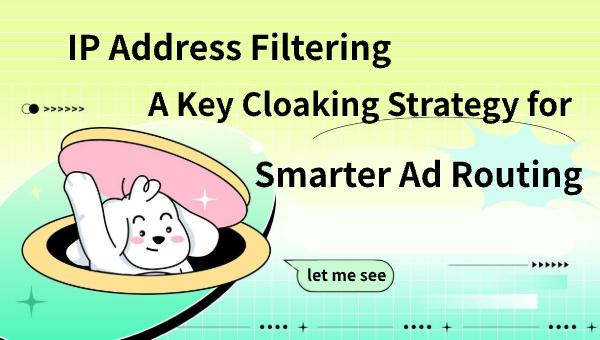IP Address Filtering – A Key Cloaking Strategy for Smarter Ad Routing
If you’ve ever wondered how advanced cloaking systems work in ad tech, IP Address Filtering is likely one of the core components behind the scenes.
It serves as a smart firewall that determines whether a visitor sees your actual offer page, a compliant landing page, or nothing at all.

What Is IP Address Filtering?
IP Address Filtering refers to the technique of allowing or denying access to certain pages or content based on the visitor’s IP address.
It’s used to:
Block ad platform reviewers
Prevent competitors from scraping content
Deliver geo-targeted experiences
Avoid fraud or bot traffic
How It Works in Cloaking
A high-level cloaking system might do the following:
| Visitor Type | Action Taken |
|---|---|
| Meta/TikTok reviewer | Redirect to white page |
| Blacklisted bot | Show 403 or null page |
| Human visitor | Show actual offer or funnel |
| Suspicious referrer | Divert to a safe page or CAPTCHA |
Best Practices
Maintain an updated database of reviewer IPs
Use a combination of IP, User-Agent, and behavioral filters
Rotate cloaking rules regularly to prevent detection
Don’t rely solely on IP — mix with fingerprinting and JavaScript validation
Common Use Cases
Ad cloaking for gray/black verticals
Protecting sensitive product pages from scrapers
Blocking click fraud from known IP ranges
Geo-fencing content for regional regulations
Risks
False positives can hurt real users’ experience
Static IP lists age quickly — need frequent updates
Overblocking may reduce traffic volume
Conclusion
IP Address Filtering is your first gatekeeper in any smart cloaking system. It helps you run more resilient campaigns, avoid bans, and send traffic exactly where it should go.
Without proper filtering, even the best cloaking logic will fail. It’s not optional — it’s foundational.
